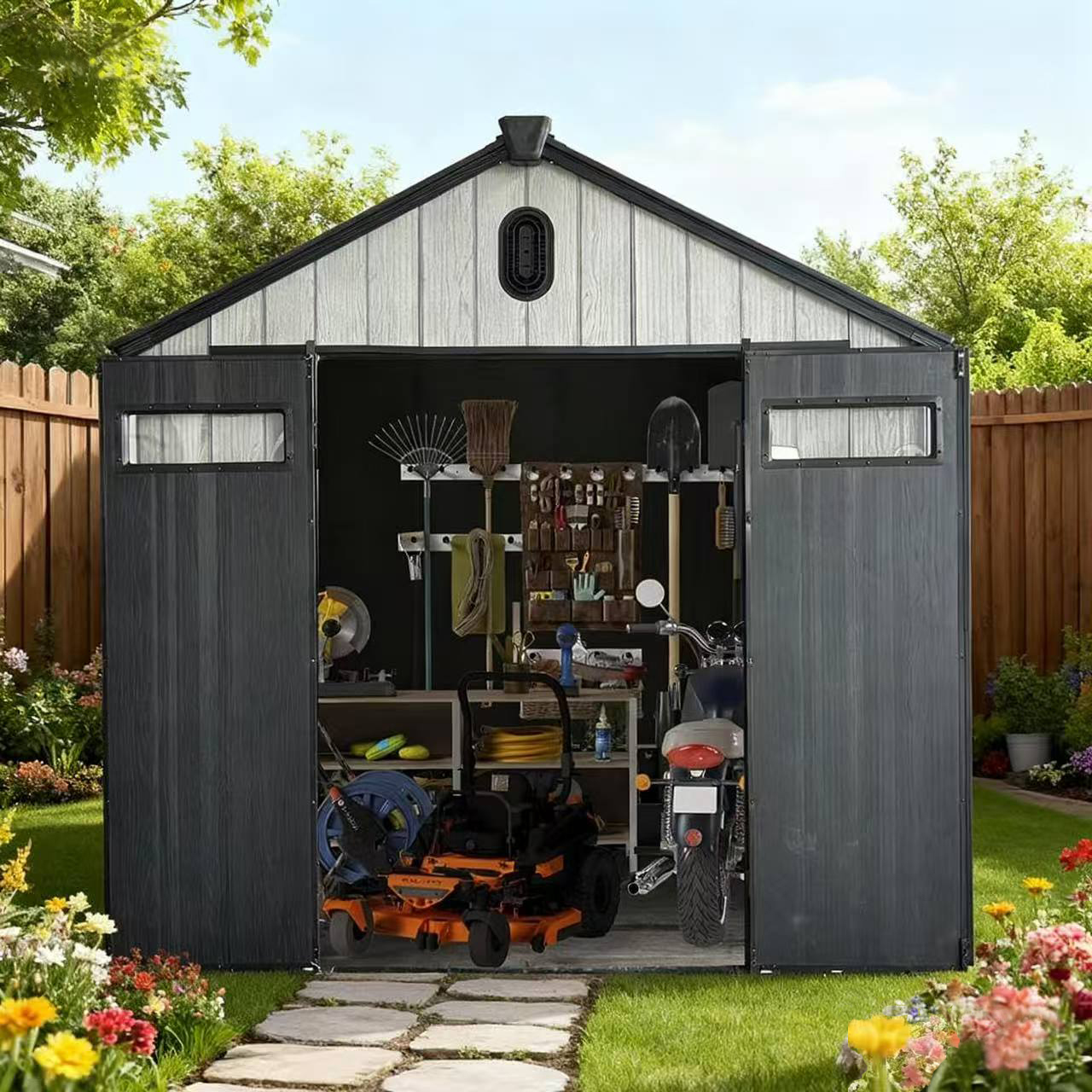Industry Knowledge
What is Bench & Tray?
Bench & Tray refers to a type of furniture that combines a bench and a tray in one piece. It typically has a flat seating surface and a raised edge or lip to contain items placed on the tray surface. This type of furniture is often used as a multi-functional piece in living rooms, and bedrooms, or as a decorative accent. The Bench & Tray is a classic design that offers both style and function. Because of its flexible size and shape, it works well in many different environments. It features sturdy steel construction with a powder-coated finish to prevent rusting.
Advantages of the Bench & Tray
The advantage of a
Bench & Tray is its versatility and multi-functionality. Some of the benefits include:
1. Space-saving: It serves as both a bench and a tray, saving space in small rooms or apartments.
2. Extra seating: The bench can provide extra seating for guests.
3. Storage: The tray can be used to store items, keeping them organized and off the floor.
4. Decorative: The bench & tray can add style and elegance to a room, serving as a decorative accent.
5. Multi-purpose: It can be used for various activities, such as a footrest, a place to set drinks or snacks, or a place to store books or magazines.
1. Increased productivity by having tools and items within reach.
2. Increased organization and reduced clutter.
3. Customization to fit individual needs.
4. Can be used as a standalone workstation or added to existing work setup.


 英语
英语 俄语
俄语 德语
德语 西班牙语
西班牙语 法语
法语



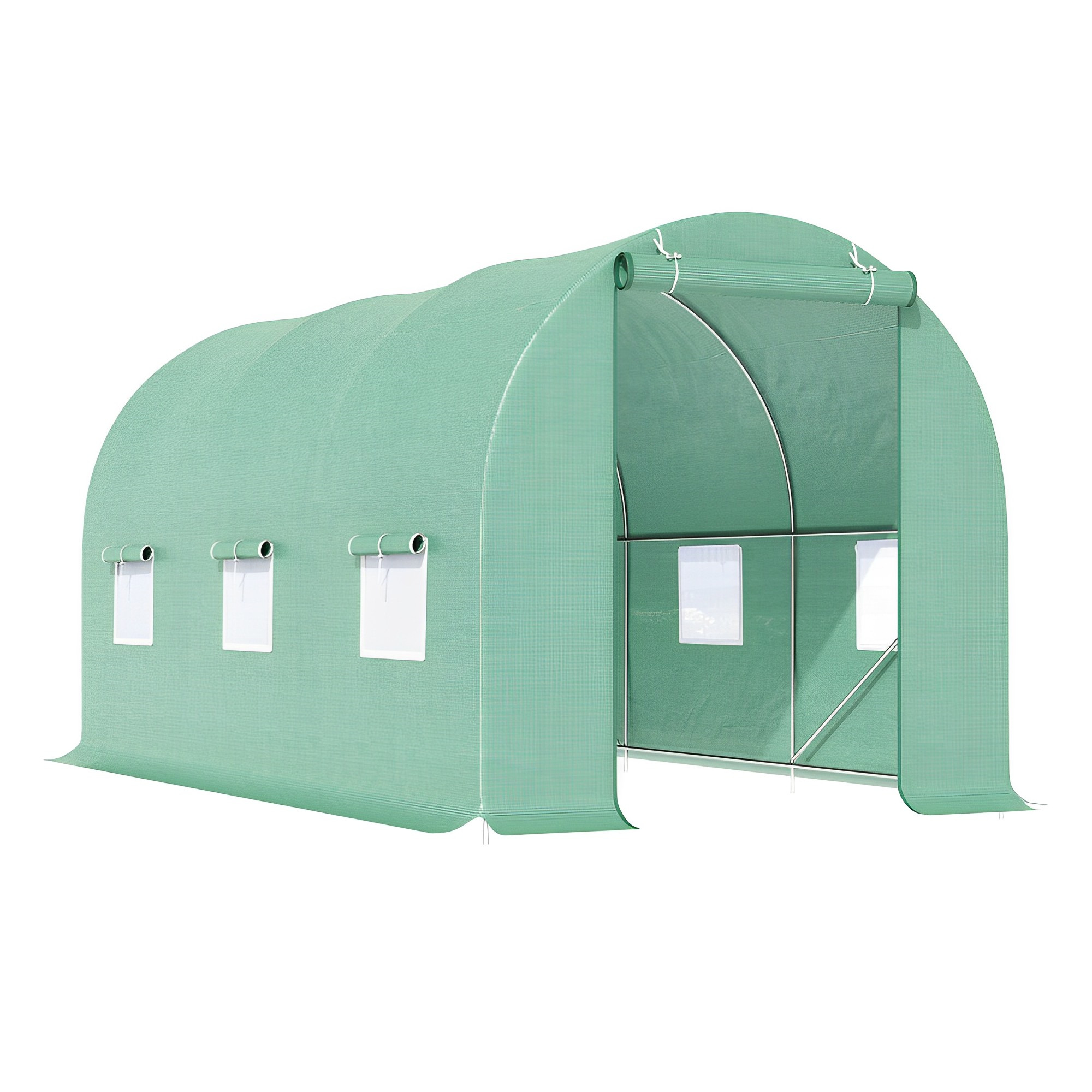
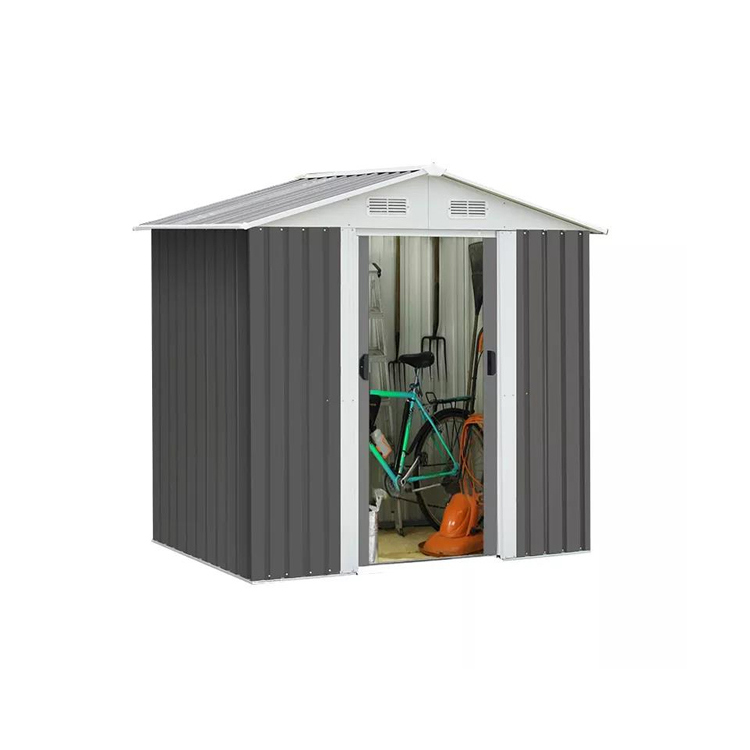







.jpg?imageView2/2/w/800/h/800/format/webp/q/75)

.jpg?imageView2/2/w/800/h/800/format/webp/q/75)
.jpg?imageView2/2/w/800/h/800/format/webp/q/75)
.jpg?imageView2/2/w/800/h/800/format/webp/q/75)
.jpg?imageView2/2/w/800/h/800/format/webp/q/75)
.jpg?imageView2/2/w/800/h/800/format/webp/q/75)
.jpg?imageView2/2/w/800/h/800/format/webp/q/75)
.jpg?imageView2/2/w/800/h/800/format/webp/q/75)
.jpg?imageView2/2/w/800/h/800/format/webp/q/75)
.jpg?imageView2/2/w/800/h/800/format/webp/q/75)
.jpg?imageView2/2/w/800/h/800/format/webp/q/75)
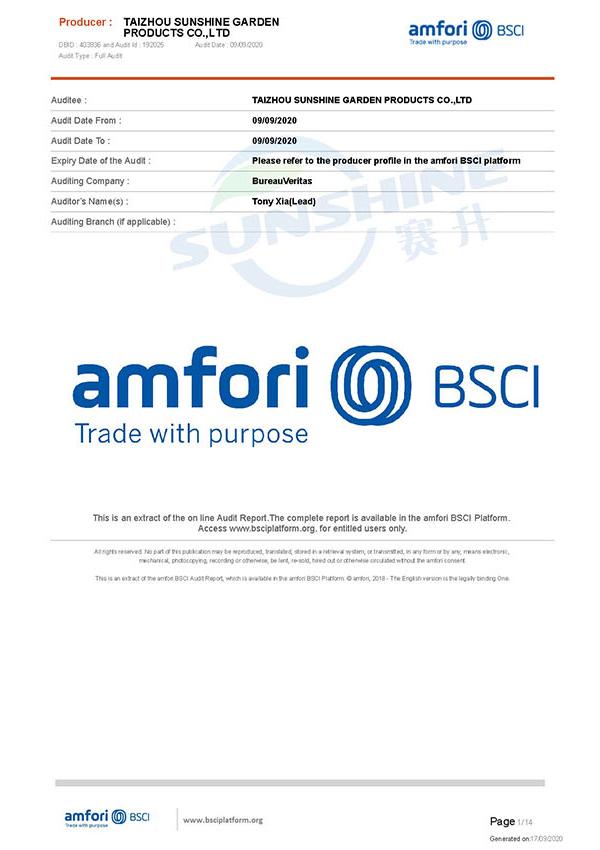
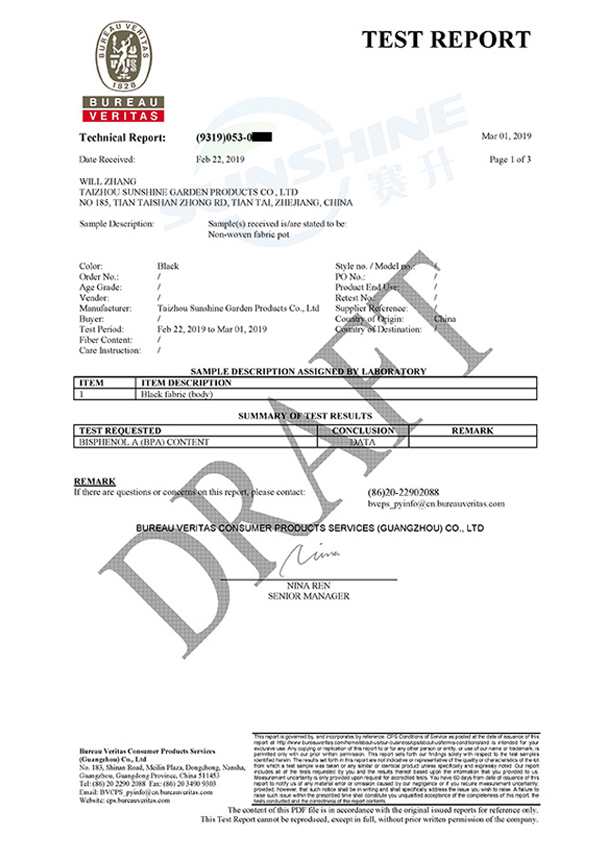
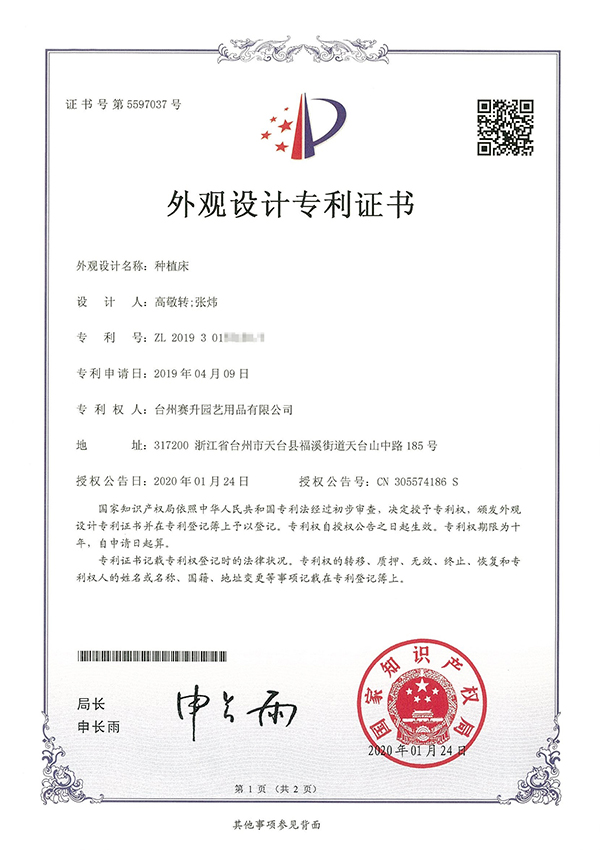
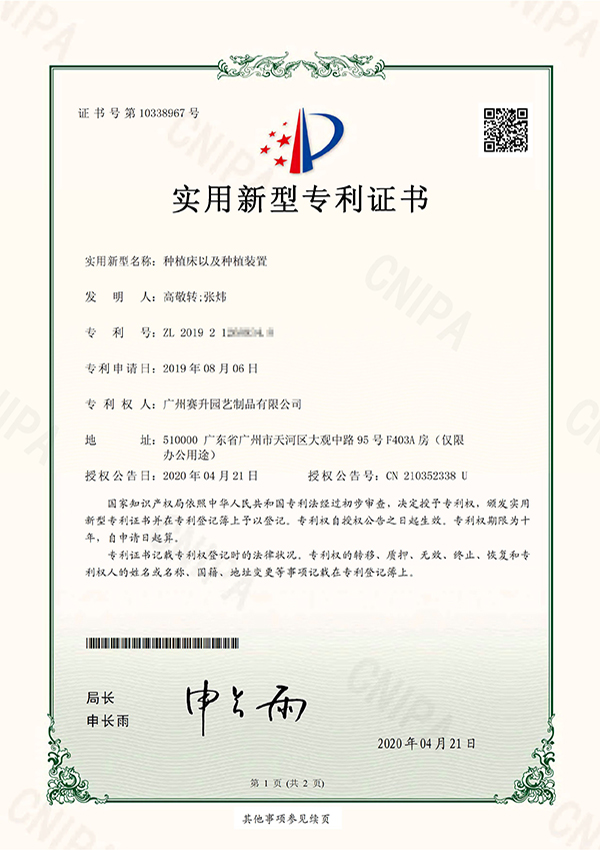
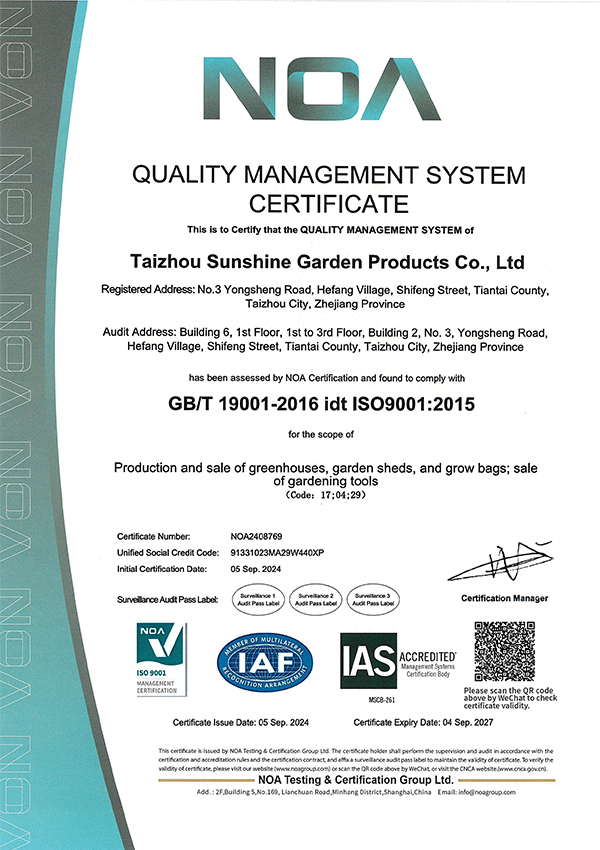
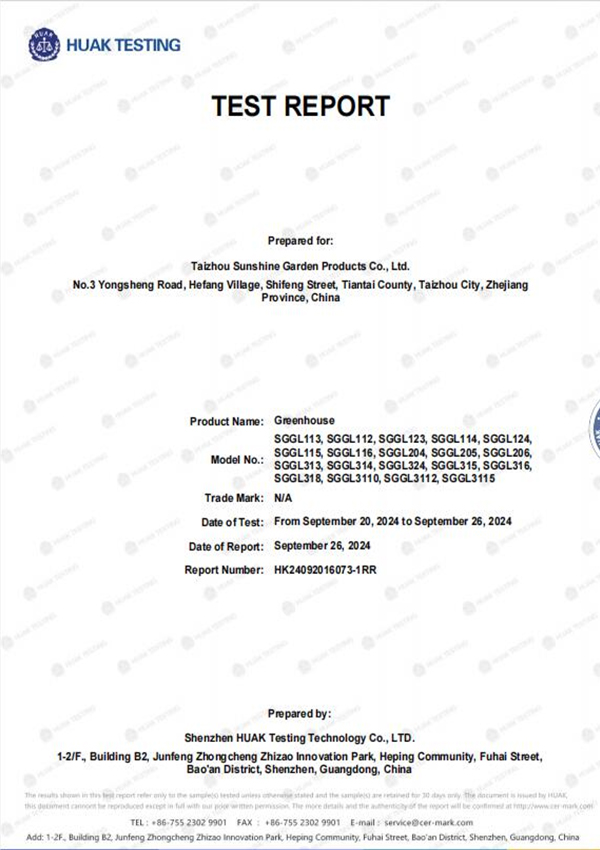
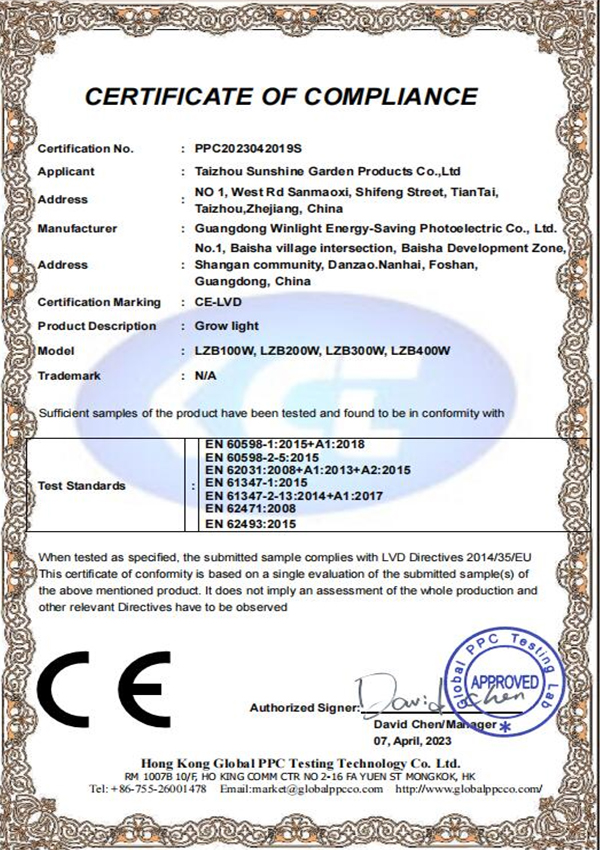
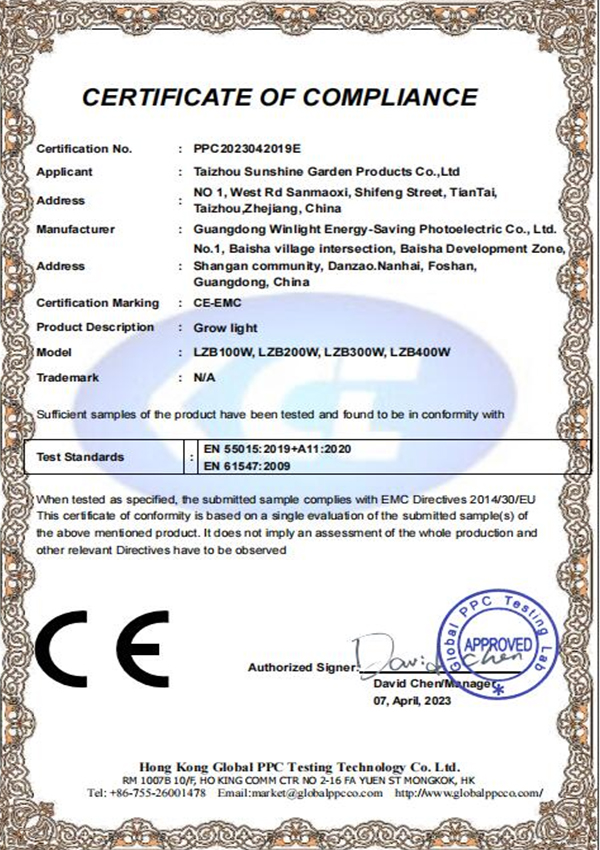
.jpg)
.jpg)
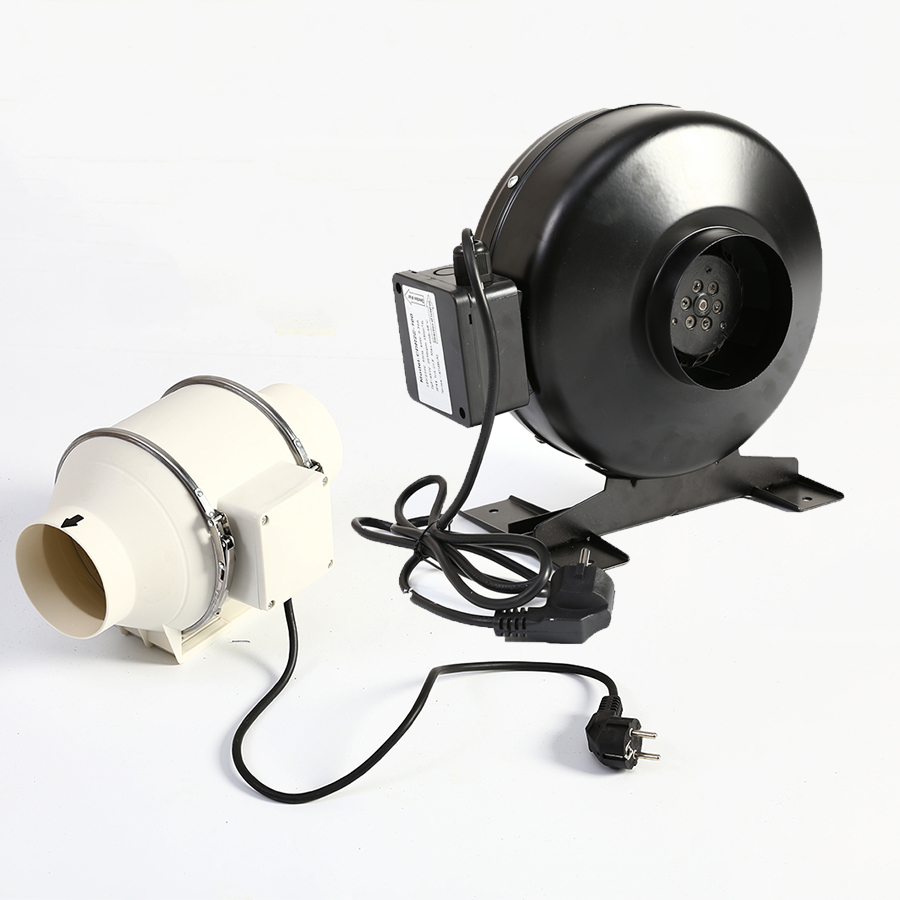
-1.jpg)
.jpg)
